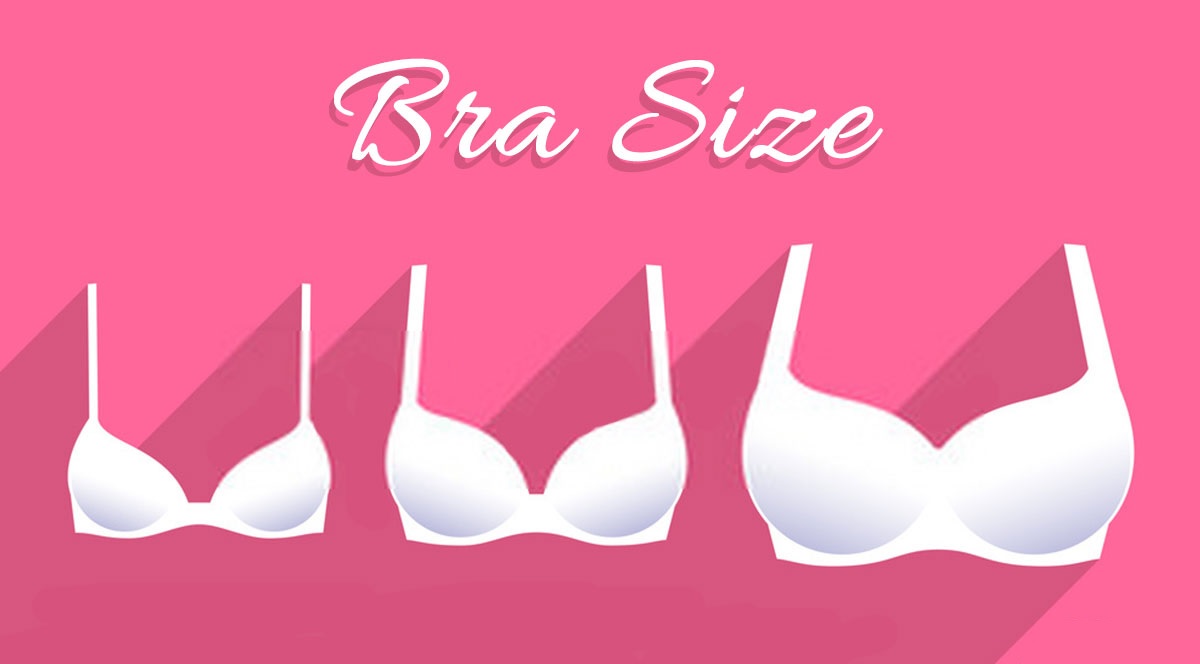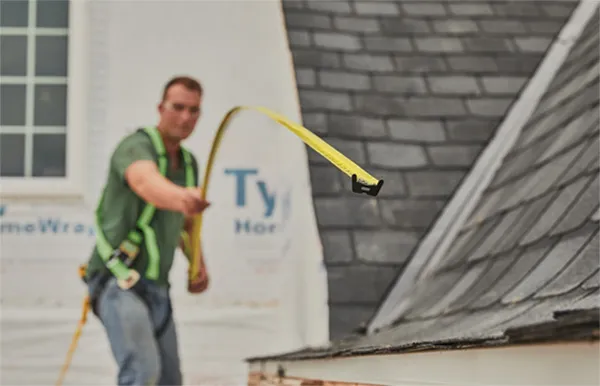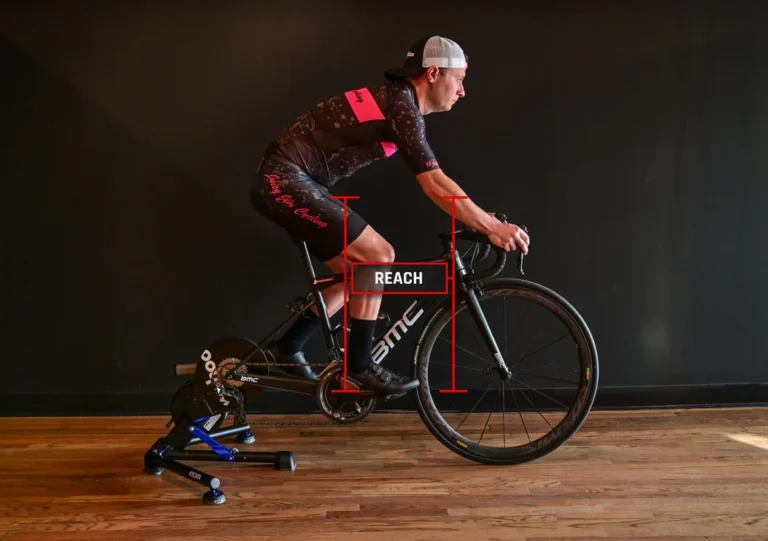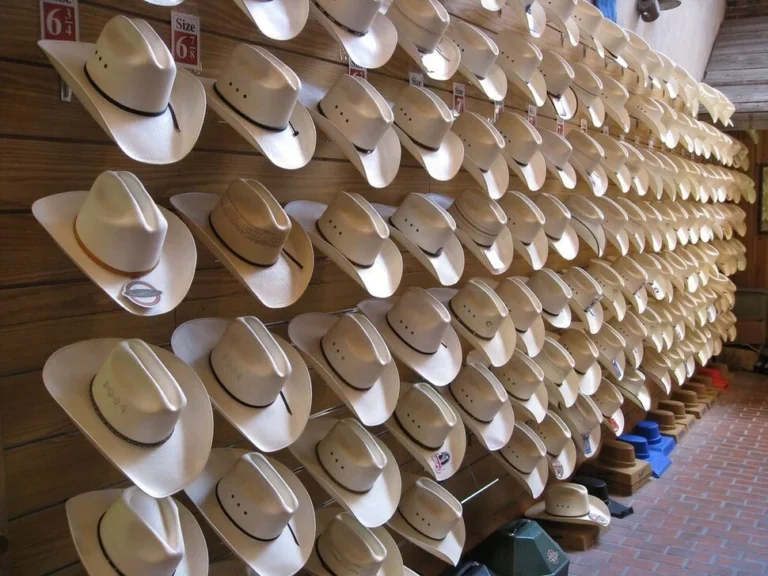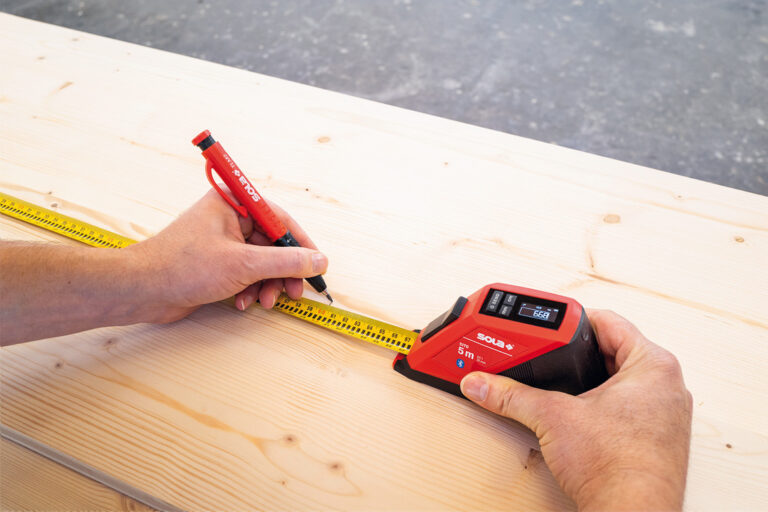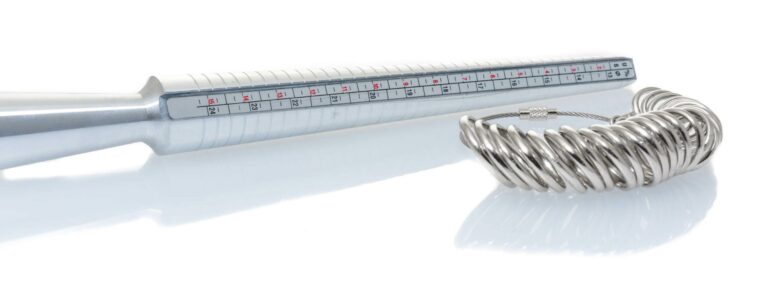How to Measure Your Bra Size
Finding the perfect bra size holds the key to comfort and support. Wearing the wrong size can cause discomfort, back pain and even problems with maintaining good posture. However, very few women understand how to properly measure their life size. Most of them use an outdated method to measure or just pass on brand concepts.In this text, we’re going to break down a way to measure your bra length step-by-step. Discuss the importance of a properly fitting bra. And give tips on choosing a style that suits different body types.
Why is it important to wear the right size bra?
A proper bra is essential to support the bust, prevent falls and improve posture. On the other hand, when women wear loose bras, several problems can arise, such as the following: Discomfort and irritation: Bras that are too tight or too loose can cause sagging, skin irritation, or pressure marks Ako and neck pain: If a bra does not provide good support for women with large breasts It can tighten her back, shoulders and neck.
Poor posture: Standing unsupported can lead to prolapse and long-term postural problems. Fitting problems: Clothes often don’t fit or hang properly when bras are the wrong size. The wrong bra size can cause gaps, bumps, or sagging. How can we avoid this? Accurately measuring your bra size and choosing the right fit is key.
There are two basic concepts that make your bra size bigger:
- Band size-underbust measurement: This is the mathematical part of the bra size, for example 34 in a 34C. This is measured at the chest, inches or centimeters just below the breast.
- Cup size indicates the weight of the breast relative to the band. This is the letter part of the bra size: for example, C in 34C.
- The cup size is determined by subtracting the wire size from the bust measurement. Each particular cup size offers a different amount of the breast, with each increasingly large line corresponding to another size difference.
Step-by-step instructions: Measuring your bra size at home
Measuring bra sizes at home is relatively easy but requires a lot of attention to detail to get accurate results. You will need a flexible measuring tape, preferably a glass, to help you ensure your measurements are accurate
Step 1: Measure Your Band Size
To calculate your band length:
- Remove your top and bra. For accuracy, that is exceptionally finished without a bra on. However, it may be bulky to have very large breasts now not held in particular, so that you may additionally wear a non-padded, non-compression bra to maintain your bust in area even as measuring.
- Place the measuring tape below your bust round your rib cage. Keep the tape snug however no longer tight in opposition to your frame. It wishes to be even across you again and parallel to the ground.
- Record the size. Round to the nearest whole inch or centimeter. If it is a peculiar range, maximum suggests rounding to the next even variety to your band size. Example: If you measured 33 inches, it’d round as much as 34. Not all brands require this, but understanding this could help with their sizing chart.
This quantity is your band size.
Step 2:Measuring your bust
To determine your bust size:
- Circle the measuring tape across the fullest part of your bust. This is commonly throughout the nipples, although the tape needs to be degree and mustn’t cave in at the return. Don’t pull the tape too tight because it needs to take a seat smooth over the bust.
- Take the dimension. If the quantity consists of a decimal then spherical it to the closest entire range in inches or centimeters.
Step 3: Determine Your Cup Size
Cup size may be calculated by means of doing away with your band length from your bust dimension. The equation is as follows:
- Bust dimension – Band length = Difference
This distinction among the band and bust measurements offers you your cup size. With the previous examples, if the bust dimension is 38 inches and the band size is 34 inches, then the difference between them is four inches.
Below is a general guideline in regards to the size of the cup using the distinction in inches:
- 1-inch difference: A cup
- 2-inch difference: B cup
- 3-inch difference: C cup
- 4-inch difference: D cup
- 5-inch difference: DD (E) cup
- 6-inch difference: DDD (F) cup, and so on.
As for example, in case you had a four-inch distinction, then your cup size will be a D. Therefore, if your band length is 34, and your cup length is D, then your complete bra length can be 34D.
Common Bra Fitting Issues and Their Solution
Even after dimension, there’s an opportunity to encounter bra match issues. Following are some of the common problems and their way to get an excellent match:
Band Riding Up: If the lower back of your bra band rides up, that bra band is simply too loose. You have to pass down a band size, however you gotta pass up a cup size so that you don’t lose the identical fit-for instance, from a 36C to a 34D.
Straps Digging In: If your straps are digging into your shoulders and leaving marks, it is a sure indication that they’re sporting too much weight. This usually has a tendency to appear when the band is just too loose. Immediately tighten the band or put on a smaller-sized band for additional support.
Cup Overflow: If your breasts are spilling over the top of the cups, the cups are too small. You may also need to move up a cup size.
Gaping Cups: If there’s an opening between the cup and your breast, the cup is just too big. Always attempt taking place a length within the cup.
Discomfort from Underwire: If the underwire pokes or digs into your skin, it could additionally imply that the cup is just too small, the band is simply too tight, or the underwire shape is simply not suitable for your frame type. Make certain to regulate these factors for comfort.
Center Gore Not Lying Flat: The bra’s middle panel ought to be lying flat in opposition to your chest. When it does not, that would just mean the cups are too small, or the band length is too massive.
Factors that can cause changes in bra size
Bra size is not an exact number and can vary at least some of the time due to many factors e.g.
Weight gain or loss: For example, if a person is overweight or underweight, this can affect measurements around the chest. Measure regularly to determine if your size is right.
Changes: Pregnancy, menstruation and menopause all reason some modifications within the breasts due to the hormonal modifications that occur at some point of these degrees of existence
Exercises: Weight training or sporting activities concentrated on the chest muscle mass can alternate the scale and shape of the breasts.
Age: As women age, the size and shape of the breast tissue can change accordingly with changes in composition.
Bra styles and how they relate to fit
Once you have considered your bra size, the next step is to choose the right option. Since bras offer different types of support, size, and coverage, here are some common options: T-shirt bras work for comfort and ease, so they’re perfect for tight underwear if they are usually worn. Usually provide support and moderate coverage.
Push-up bras: Push-up bras lift the breasts up and push them together to increase cleavage. Most of them have canvas cups and are meant to be worn with dresses or very low cut dresses.
Balconette bras: Balconette bras have wide straps and low cups. They square the neck and slightly lift the breasts, but not enough for large-breasted women.
Sports Bra: Designed to be worn during workouts. A sports bra provides great support and reduces breast movement. Depending on the type of exercise, results vary.
Full Coverage Bra: Designed for single support and great coverage. Therefore, such bras are suitable for women with large busts.
Strapless Bra: These are great for off-shoulder tops or dresses. However, they need to have the right harness and a good fit to maximize their support.
How to make it work
Try before you buy: Bras usually have slightly different sizes depending on the brand. Always check them before buying for your comfort.
- Sister sizes are good options if you just can’t find your exact size.For example, if you are a 34C, your sister sizes will be 32D or 36B because they all have the same volume in the cup. If you find that your strip size is too hard or too soft, you can adjust the size of the strip up or down by going in the opposite direction of your bowl size
- Check your health regularly. If there are changes in your weight, pregnancy, or hormonal changes, you may need to reassess the size of your menstrual cycle every six months to a year.

